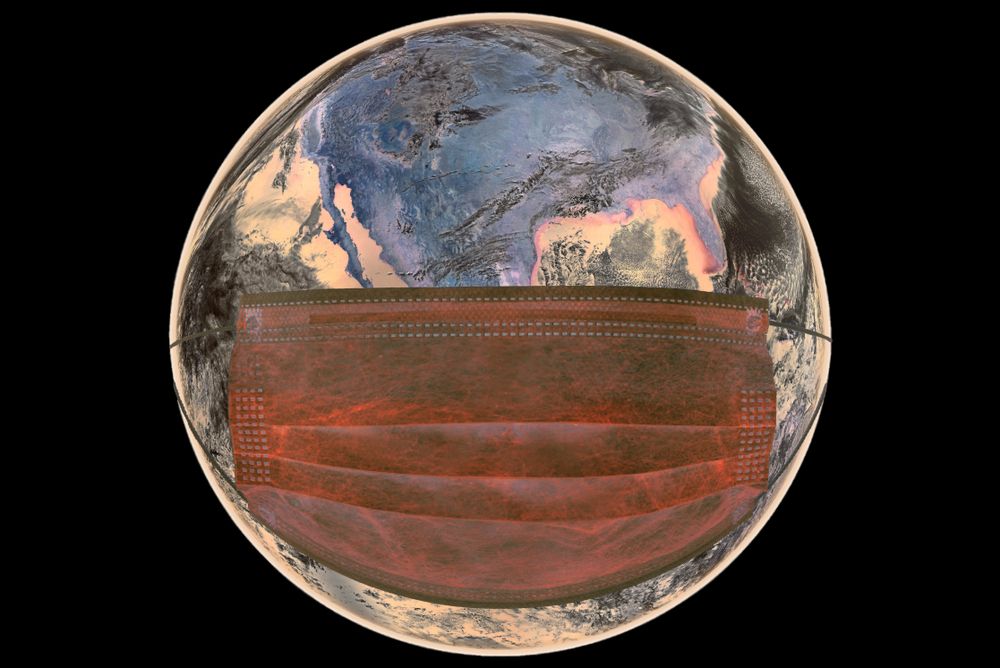How climate change promotes epidemics
Why do new outbreaks suddenly appear? Why do they spread so fast?

In the wake of unprecedented epidemics of new infectious diseases like Coronavirus, Ebola, and SARS, people are overwhelmed with questions. Why do new outbreaks suddenly appear? Why do they spread so fast? How far can they spread? Which countries are the most at risk? And, most importantly, how can we stop them?
Actually, most of us have encountered mild forms of coronaviruses at some point in our lives. About every fifth common case of cold is caused by one of the four main strains of coronavirus. Until the last two decades, human varieties of coronavirus were known to cause mostly mild illnesses, which were not a big threat. So why did the risks from coronaviruses become deadly?
Scientists believe most of the new viral epidemics appeared from human contact with wild animals. The outbreak of SARS (severe acute respiratory syndrome) in China in 2003, apparently started with a coronavirus jumping from animals (likely, civet cats) to humans. In 2012, another virus known as MERS (Middle East respiratory syndrome) was transmitted from camels to humans. MERS killed 34% of infected people, mostly in Saudi Arabia.
Recent DNA analysis concluded that the 2019 novel coronavirus (2019-nCoV), raging across the world today, has originated from bats. Moreover, bats are believed to be the main hosts also for SARS, MERS, and Ebola, which they have passed to other species, including humans.
More migrations - more infections
Climate change causes a shift in temperatures, leading to droughts and extreme weather events. These factors force animals to migrate out of their comfort zones in search of food and water, making new contacts with other species and passing the viruses. For example, it was observed the Ebola outbreaks coincided with extreme weather changes. Dry seasons followed by heavy rainfalls attracted bats and apes to the same feeding grounds, transmitting the Ebola virus between them. Humans can get ill from eating or handling any infected animals.
Extreme weather also disrupts our food supply, prompting people to consume more wild animals, that might be infected. The increasing sea levels, floods, droughts, and hurricanes force massive human migrations and evacuations, stimulating the spread of contagious diseases and viral respiratory epidemics. Floods spread water-borne infections, including enteric viruses, typhoid, hepatitis, and cholera, putting local communities at higher risk.
More health risks from insects
Mosquitoes and other biting insects like ticks can transmit devastating infectious diseases, including malaria, dengue fever, chikungunya, Zika virus, yellow fever, and West Nile virus. Insect vectors are very sensitive to temperature and precipitation, so climate changes affect their life-cycles and biting rates. Warmer climate increases insect survival over winter and allows them to spread over new areas.
West Nile virus (WNV) is reported as the leading cause of mosquito-borne disease in the continental United States. It is usually transmitted between birds and mosquitoes but can infect humans, horses, and other mammals as well. For people, WNV can cause neurological problems and even death.
New research by Stanford University concludes that climate change creates more comfortable zones for mosquitoes, accelerating the spread of their disease around the world. Cooler temperatures have mostly kept the Northern Hemisphere countries free from severe mosquito-borne diseases. But with climate change, tropical infections can spread also to relatively cold developed countries, including the United States. Meanwhile, the increasing temperatures will decrease these risks for countries that are currently warm.
With climate change, the numbers, frequency, and severity of natural disasters are projected to increase exponentially. Higher surface temperatures can provoke droughts leading to stagnant water, which provides shelter to mosquito’ eggs and larvae. For example, when a heatwave and drought hit the coastal areas of Kenya in 2004, a large outbreak of Chikungunya disease hit the cities, with reported attack rates of 75%.
Extreme rainfalls also contribute to insect populations, which breed in the ground pools. As the climate gets warmer and more unstable, insect populations will expand further to new territories, distributing infections such as arboviruses, malaria, and Lyme disease.
Modeling of climate change impacts on malaria shows that even small increases in temperature can greatly affect its potential for transmission and seasonal duration. If the global temperatures increase by 2-3ºC, the number of people at risk of malaria would grow by 3-5%. This means several hundreds of millions.
The video below illustrates how changes to our climate increase the risks of diseases spread by mosquitoes, ticks, fleas, and rodents. It also suggests practical measures to help communities prepare for these health risks
Source: Centers for Disease Control and Prevention (CDC), National Center for Environmental Health (NCEH)
What is Augurisk?
Augurisk is an innovative platform for assessing risks for climate change, natural hazards, and societal risks. Is your home or business at risk? Augurisk offers a free risk assessment on www.augurisk.com
